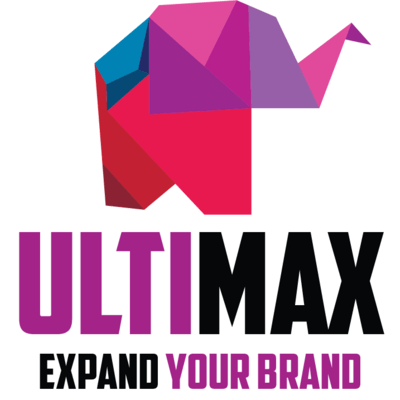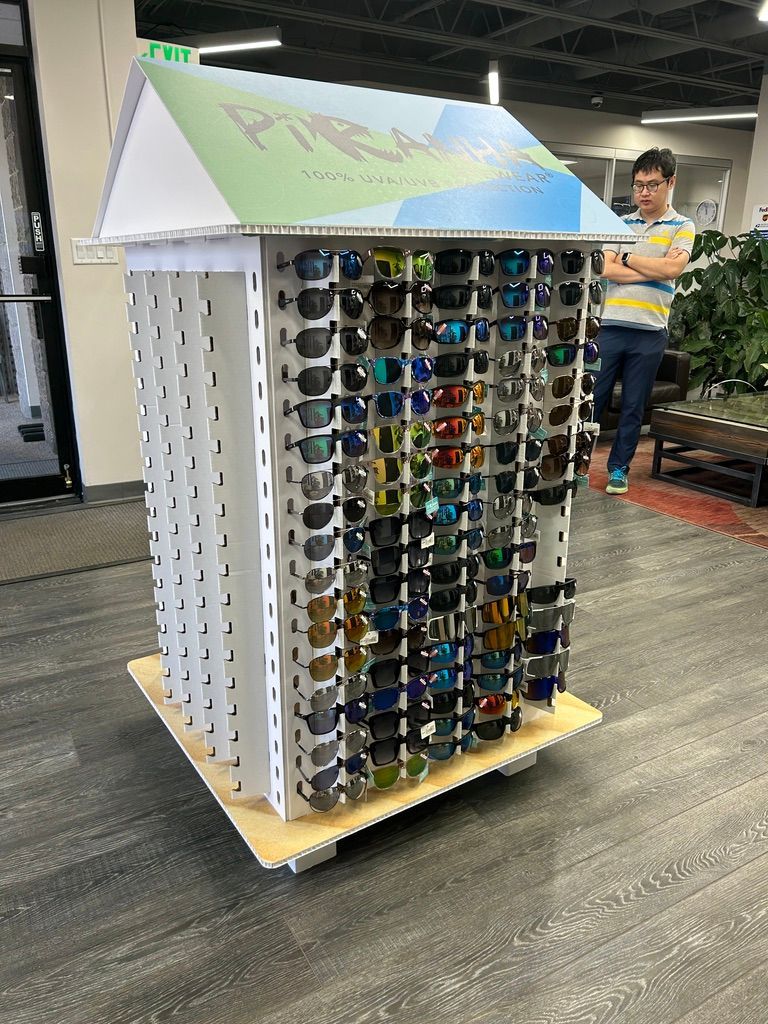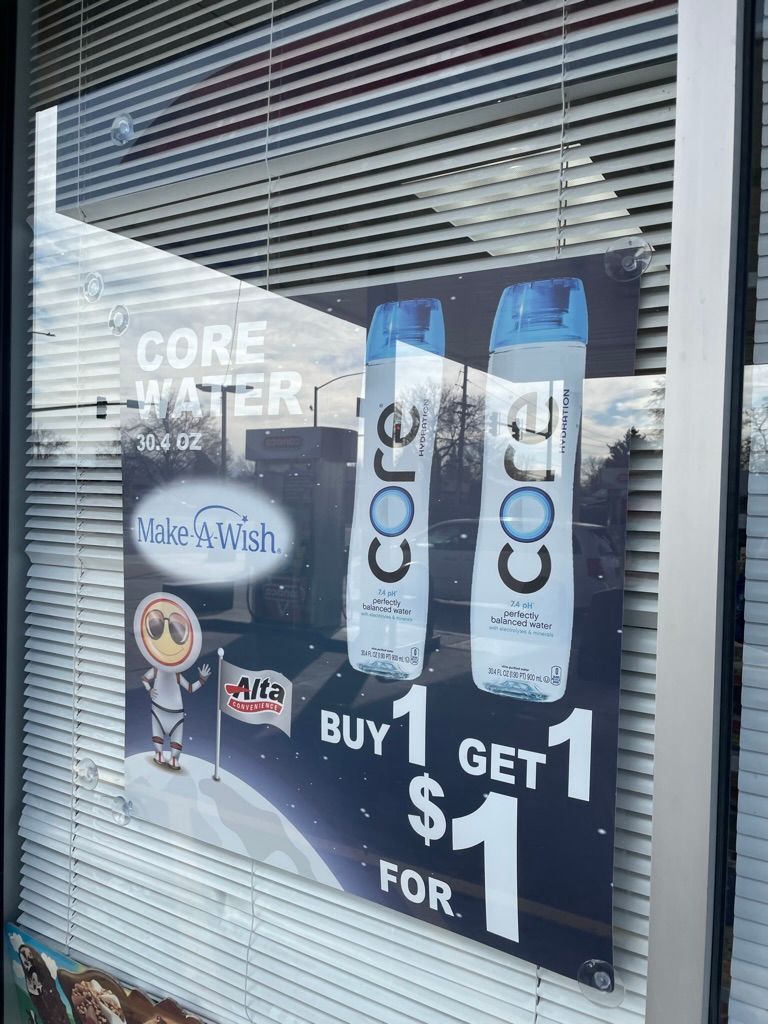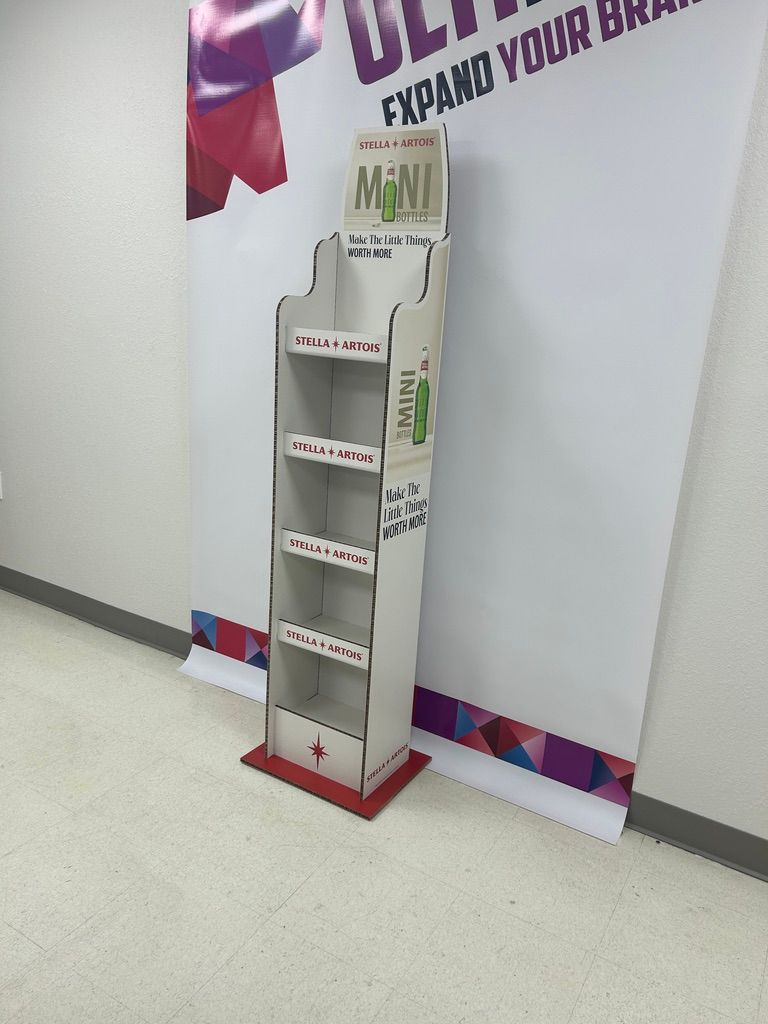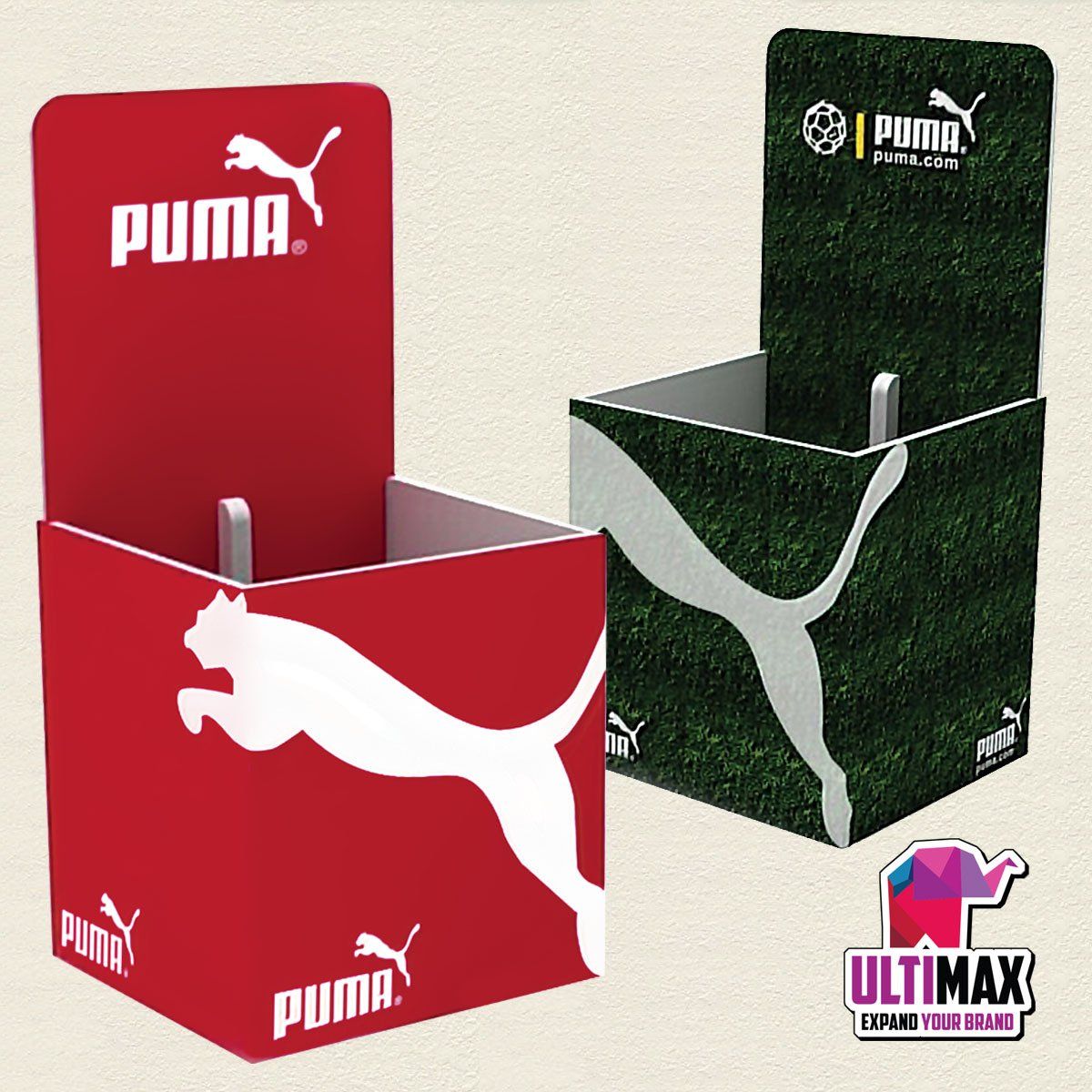Choosing The Best Wide Format Inks: Which Is The Best Choice For Your Business
May 9, 2021
From manufacturers to advertisers, retailers to healthcare providers, businesses of all kinds rely on images to get the word out. Every type of business, no matter what it does or what its size, needs to communicate visually, and that makes the job of the printer an essential one.
When serving their various clients, those printers rely on a variety of ink. Every printer, from the smallest operator to the largest multinational, needs the right ink. For a number of applications, that ink will be of the large format variety, and choosing this specialized type of ink can be a particularly daunting task.
While wide format printer ink has some important distinctions from its desktop counterpart, there are some similarities as well. Like standard desktop ink, wide format ink comes in a number of different types, and it is important for printers to choose the right variety for each application. Here are some of the most common types of wide format inks and how they are used in the modern business world.
Eco-Solvent Ink
For many applications, eco-solvent ink is a natural choice. Unlike water-based options, eco-solvent ink works by actually etching the pigment onto the surface, creating a durable bond that can withstand harsh elements and resist fading.
This strong bond is an obvious advantage for wide format printers, and one of the chief advantages of eco-solvent ink. When durability is the key consideration, eco-solvent ink is a natural choice.
UV Curable Ink
UV curable inks may not be as well known as a solvent or aqueous options, but they are quickly growing in popularity. Compared to just a few years ago, UV curable inks are being used in many more applications, as printing customers discover their value and revel in their durability.
The term UV curable ink tells you all you need to know including why this type of wide format printing has become so popular in recent years. When the wide format printing job is completed, UV curable ink is simply exposed to ultraviolet light. The UV light then cures the ink on the page, creating a strong bond that is resistant to light and common weather conditions.
Aqueous Ink
This type of wide format ink is the most commonly used, and it has a number of important advantages. At the same time, aqueous ink does have some unfortunate drawbacks, and it is important for printers and their clients to weigh the pros and cons.
Aqueous ink is created using a technique known in the industry as dye sublimation. Printers like aqueous ink because it requires no special ventilation and produces no toxic fumes. On the other hand, aqueous ink not as durable as some other choices, and it is not suitable for all applications.
Latex Based Inks
Latex and resin based inks are also popular for wide format printing, and they do have their advantages. While still relatively new, latex and resin based inks have quickly grown in popularity, and they can be used on a variety of materials.
Latex and resin based inks can be used on paper and polyester, fabrics and paper and even on vinyl. This versatility is one of the biggest advantages of these types of wide format inks, but there are a few drawbacks as well.
Resin and latex-based inks emit toxic fumes during the printing process, and that requires special ventilation to protect workers. Those protection requirements can drive up costs and make this wide format printer inks less economically viable.
Wide format printing is a vital part of the advertising industry and an indispensable tool for all kinds of businesses. From creating signage to building marketing materials, the products of wide format printing have a number of real-world applications. For the printers themselves, the choice of ink is key, and the four options listed above can be all good choices given the right circumstances and client.
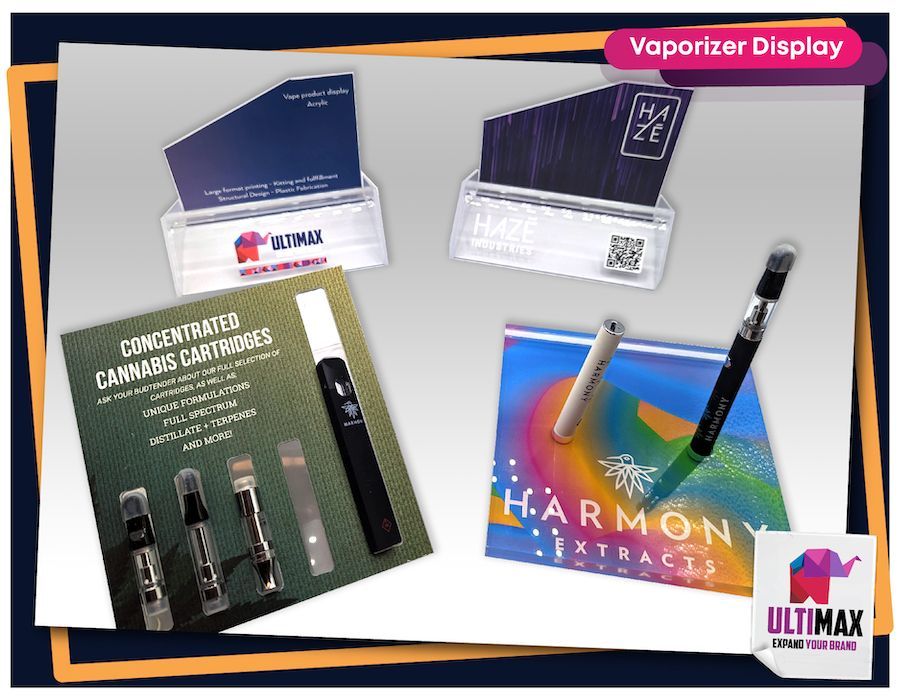
At Ultimax, we don’t take a “cookie cutter” approach to building eye-catching “vape” displays for the cannabis business segment. We partner with our clients to create a customized display that best puts our client and their product’s best foot forward. Whether highlighting, quality, availability or value.

7-Eleven currently operates over 78,000 stores in 19 different countries, and has ranked as one of the world's largest global retailers . Their name recognition is instant and they take their brand and brand recognition very seriously.
The 7-Eleven team reached out to Ultimax to first assist and produce a specific P.O.P. campaign.
